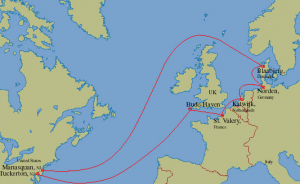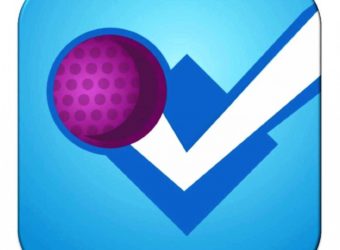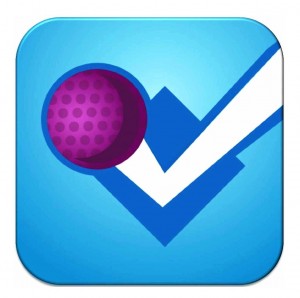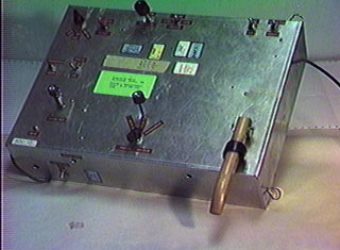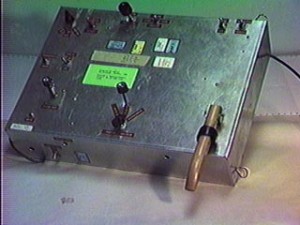May 14, 2011: Sony Playstation Network Goes Back Online
Subscribe! Spotify | RSS | More
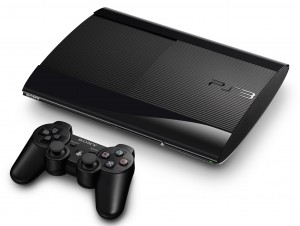
2011 – Hackers took down the Sony Playstation network on April 20th, 2011. Around 77 million accounts were comprimised and gamers couldn’t play online for over a month. On May 14, Sony started bringing the services back online on a country-by-country basis. North America was the first, and people could sign-in, play PS3 and PSP games, access rented content, play music already purchased, and use approved 3rd party apps such as Hulu and Netflix. A firmware update 3.61 was also available to update security for the users.
When it was all said and done, Sony had lost $171 million on this outage.
Full Day in Tech History podcast show notes for May 14

Subscribe to Day In Tech History:
RSS Feed - iTunes - Android - Spotify - iHeartRadio
Facebook -
- RSS Bandwidth by Cachefly Get a 14 Day Trial
- Join me on Patreon and support Day in Tech History
- Texas Instruments starts to compete with IBM
- ZDTV (TechTV, G4) Channel begins operation
- Google suffers a 1 hour outage
- George Lucas Birthday
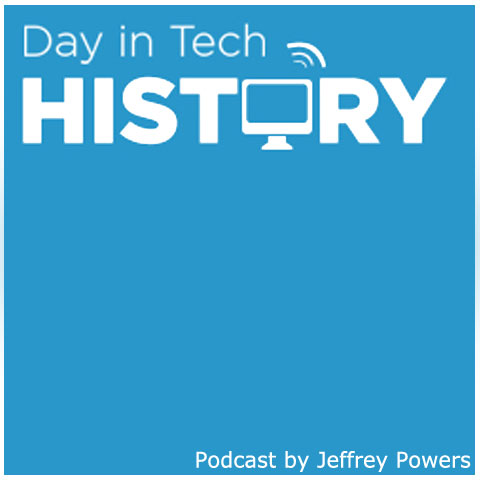
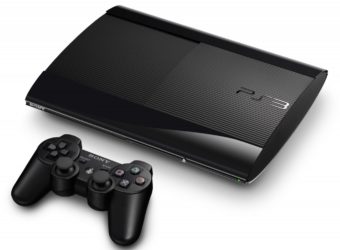


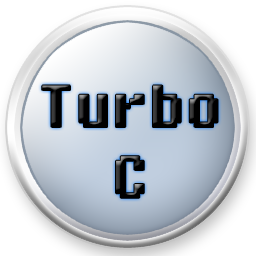
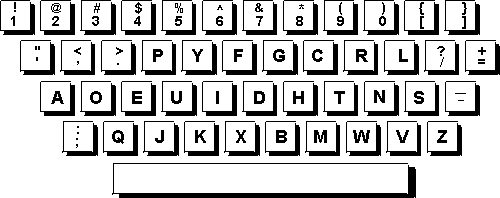
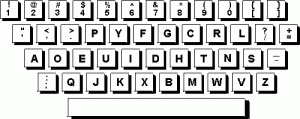
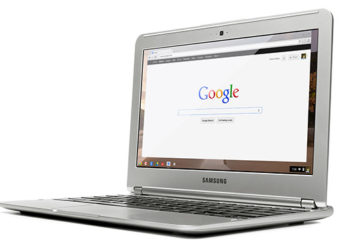
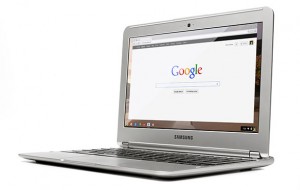
![TAT14[1] TAT-14](https://dayintechhistory.com/wp-content/uploads/2013/05/TAT141-340x250.png)
